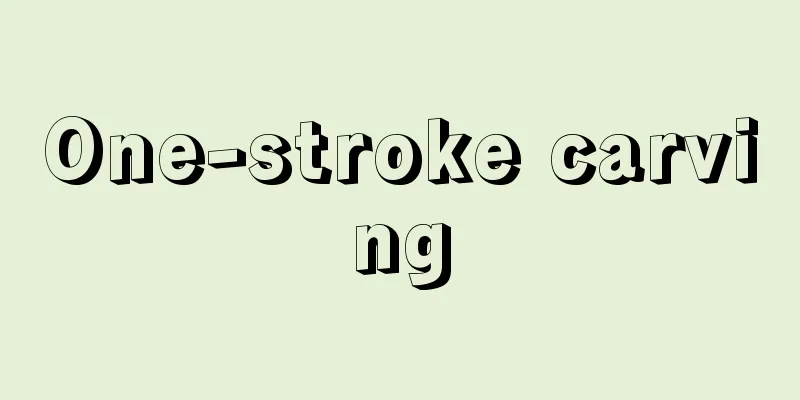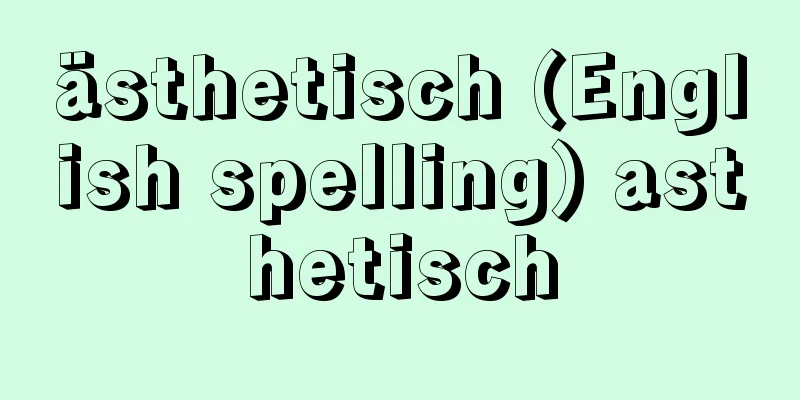Aid method - Kyugoho

|
This was the Poor Relief Act, Law No. 39 of 1929, which clarified that public relief should be provided to those who were unable to live due to poverty, based on the principle of public relief obligation. It was enacted in 1929, the year of the Great Depression, to replace the 1874 Relief Regulations, which had been in place for over 50 years and had poor content. It stipulated the relief organizations (mayors of cities, towns, and villages and honorary committee members as auxiliary organizations), the content of relief (living assistance, medical care, midwifery, livelihood assistance, burial), the method of relief (principle of home care), and the burden of relief expenses (up to half the national government, one-fourth the prefecture, and at least one-fourth the city, town, and village). To that extent, it seemed to be in line with the "purpose of fundamental improvement" of the Relief Regulations, but the right to protection was still denied by the authorities, and it was considered that the poor could receive protection only as a reflexive benefit of the law. It was also said that if the poor had a supporter who was able to support them, the poor could not receive protection even if they were not actually providing support. The reason given was the desire to maintain the good traditions of the family system. Its biggest flaw was that, despite the rise in unemployment caused by the depression, it adopted a limited assistance principle that did not protect those who were able to work, just like the relief regulations. Even with this kind of relief law, the government postponed its implementation indefinitely due to financial difficulties, but under pressure from a promotion movement for the implementation of the relief law led by area commissioners (the predecessors of welfare commissioners) around the country, it went into effect in January 1932 (Showa 7), claiming that it had secured financial resources through the revision of the Horse Racing Law. After World War II, it was abolished when the old Livelihood Protection Law came into effect in 1946 (Showa 21). [Masaaki Ogawa] [Reference items] | |Source: Shogakukan Encyclopedia Nipponica About Encyclopedia Nipponica Information | Legend |
|
貧困で生活不能の者に対して公的救護義務主義にたって救護することを明らかにした救貧立法。昭和4年法律第39号。50年以上存続してきた慈恵的で劣悪な内容の恤救(じゅっきゅう)規則(1874)にかわって世界恐慌の年1929年に成立した。救護機関(市町村長および補助機関としての名誉職委員)、救護内容(生活扶助、医療、助産、生業扶助、埋葬)、救護方法(居宅保護原則)ないし救護費負担(国2分の1以内、道府県4分の1、市町村4分の1以上)などを規定している。その限りで恤救規則の「根本的改善の趣旨」にふさわしいもののようであったが、保護を受ける権利は当局によって依然否定され、貧困者が保護を受けうるのは単に法の反射的利益にすぎないとされた。また貧困者に扶養能力のある扶養義務者があるときは、実際に扶養が行われていなくても貧困者は保護を受けることができないとされた。家族制度の美風維持がその理由であった。最大の欠陥は、恐慌による失業者増大のおりにかかわらず、恤救規則同様、労働能力のある者は保護しないとする制限扶助主義がとられたことである。このような救護法に対してすら政府は財源難を理由に施行を無期延期するとし、全国の方面委員(民生委員の前身)を中心とした救護法実施促進運動などに押されて、競馬法改正で財源を得たとして32年(昭和7)1月から施行した。第二次世界大戦後、46年(昭和21)旧生活保護法施行とともに廃止された。 [小川政亮] [参照項目] | |出典 小学館 日本大百科全書(ニッポニカ)日本大百科全書(ニッポニカ)について 情報 | 凡例 |
>>: National Salvation Army (English name: Cuu Quoc Quan)
Recommend
Schiøtz tonometer (English spelling)
…Currently used tonometers measure intraocular pr...
Close-range competition
It is a type of archery competition in which the a...
Kidokoro - Kidokoro
…The Rokkoku are the names of the countries or po...
beurre manié (English spelling) beurremanie
…Roux is made by frying flour in butter, and ther...
《Archeion》 - Arkeion
…In his later years, he lost his job, was often i...
Pipridae
...A general term for birds of the family Piprida...
Awaji Shijimi - Awaji Shijimi
...It is distributed in Honshu, Kyushu, and the K...
double sculls
...There are no regulations on the material or si...
Cue sheet - Cue sheet
...They participate in rehearsals, taking notes o...
Western food - yoshoku
〘 noun 〙 Western-style cuisine. Western food. ※Yok...
Kawato - Kawato
...From the mid-Edo period onwards, samurai gener...
Ichigaya Prison
...It is within the former Ushigome Ward, and in ...
Identification
〘noun〙① To determine that something is the same. ※...
Kamasugo - Kamasugo
→ Sand lance Source: Shogakukan Encyclopedia Nipp...
Triangular Trade
Generally, it is a type of multilateral trade, a m...









